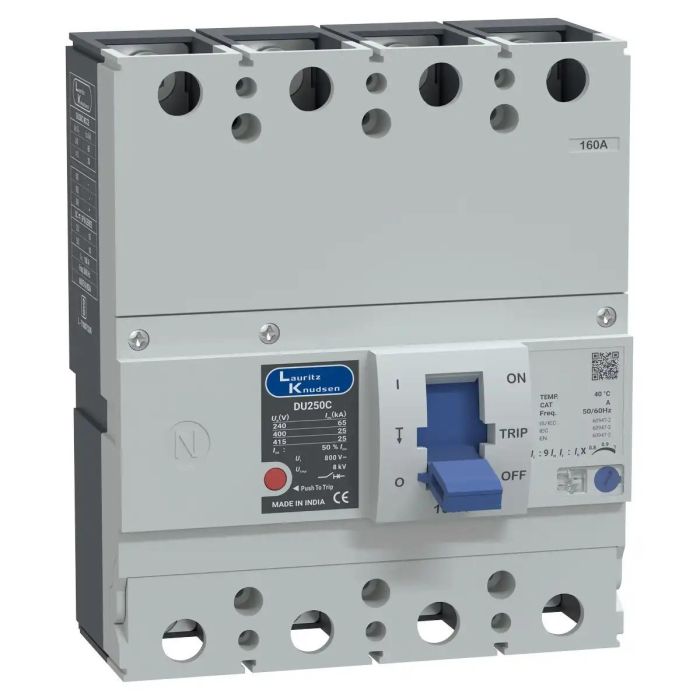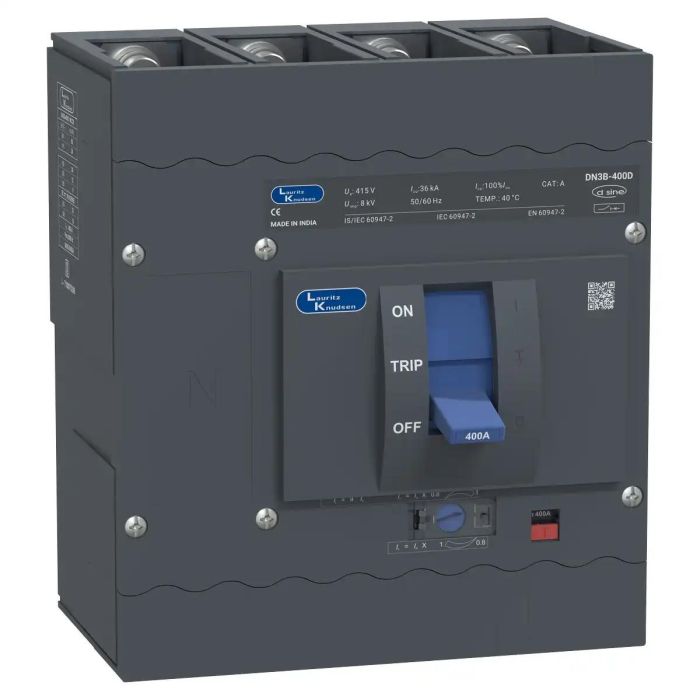Understanding MCB Connection: How to Properly Wire an MCB Switch
In modern electrical systems, safety, reliability, and efficient operation are of paramount importance. One of the key components that ensures these qualities is the MCB switch. MCBs, or Miniature Circuit Breakers, are essential for protecting electrical circuits from overloads and short circuits. Proper MCB connection is critical to ensure that your electrical system functions safely and efficiently.
This comprehensive guide explores what an MCB is, the significance of correct MCB connection, installation procedures, types of MCBs, common mistakes to avoid, and best practices for long-term safety. Whether for residential, commercial, or industrial applications, understanding how to wire an MCB switch correctly is vital.

What Is an MCB Switch?
An MCB switch is an automatic protection device designed to protect electrical circuits from overcurrent caused by short circuits or overloads. Unlike traditional fuses, which need replacement after tripping, an MCB can be reset, making it convenient and reliable.
Key features of an MCB switch include:
- Automatic trip mechanism: Disconnects the circuit during fault conditions.
- Reusability: Can be reset without replacing any component.
- Compact design: Fits easily into modern distribution boards.
- Fast response: Trips immediately to prevent damage to wiring and connected devices.
By incorporating MCBs into electrical systems, homeowners, electricians, and industries can ensure enhanced safety and avoid costly electrical failures.
Importance of Proper MCB Connection
A correct MCB connection is essential for several reasons:
- Safety of Electrical Circuits – Ensures that circuits are protected against overloads and short circuits, reducing fire hazards.
- Protection of Appliances – Prevents damage to connected devices like motors, lighting, and electronic appliances.
- Reliability – Ensures that the MCB trips appropriately during fault conditions, maintaining system stability.
- Long-Term Durability – Proper wiring prevents overheating, corrosion, and premature failure of the MCB.
- Compliance with Electrical Standards – Proper connection adheres to safety and electrical regulations.
An incorrectly wired MCB can compromise the entire electrical system, making proper connection a top priority.
Types of MCB Switches
Understanding the types of MCB switches is important for proper wiring and selection. MCBs are categorized based on their current rating, tripping characteristics, and poles.
1. Based on Poles
- Single-Pole MCB: Protects one live wire; commonly used in residential lighting circuits.
- Double-Pole MCB: Protects both live and neutral wires; used in small appliance circuits.
- Triple-Pole MCB: Used for three-phase circuits in industrial or commercial setups.
- Four-Pole MCB: Protects three-phase circuits with an additional neutral protection.
2. Based on Tripping Characteristics
- Type B: Trips between 3–5 times the rated current; ideal for residential and light commercial loads.
- Type C: Trips between 5–10 times the rated current; suitable for moderate inductive loads like small motors.
- Type D: Trips between 10–20 times the rated current; used for high inrush currents like large motors and transformers.
3.Based on Current Rating
- 6A, 10A, 16A, 20A, 32A, 40A, 63A, 100A – Current rating determines the load capacity of the circuit and must be selected based on the connected appliances.
Step-by-Step Guide to MCB Connection
Correct MCB connection involves several steps to ensure safety and reliability. Here’s a step-by-step guide:
1. Turn Off the Main Power Supply
- Safety first. Ensure the main power is switched off before attempting any connection.
2.Select the Appropriate MCB
- Determine the correct type, pole, and current rating based on the circuit load.
Prepare the Distribution Board
- Mount the MCB in the DIN rail of the distribution board securely.
- Ensure there is enough space between adjacent MCBs for heat dissipation.
3.Connect the Incoming Supply
- Connect the live wire from the main supply to the input terminal of the MCB.
- For multi-pole MCBs, ensure proper phase sequence for three-phase circuits.
4.Connect the Outgoing Load
- Connect the outgoing wire to the load terminal of the MCB.
- Tighten the terminal screws securely to prevent loose connections and arcing.
5.Check Polarity and Phase Sequence
- Verify that the live, neutral, and earth wires are connected correctly.
- For three-phase MCBs, ensure the correct phase order to prevent equipment malfunction.
6.Test the MCB
- Switch on the main supply and operate the MCB manually.
- Use a test button if available, or simulate a fault to ensure the MCB trips appropriately.
7.Label the Circuit
- Label the MCB with the circuit it protects to facilitate maintenance and troubleshooting.
8.Common Mistakes in MCB Connection
- Loose Connections – Can lead to overheating and fire hazards.
- Incorrect Polarity – Connecting neutral to the wrong terminal can prevent proper tripping.
- Overloading – Installing an MCB with a lower current rating than the load may cause nuisance tripping.
- Wrong Type Selection – Using Type B MCBs for motors can cause frequent tripping due to high inrush currents.
- Neglecting Earth Connection – Essential for safety, especially in residential and industrial circuits.
Avoiding these mistakes ensures long-term reliability and safety of the electrical system.

Maintenance Tips for MCB Switches
Proper maintenance prolongs the life and effectiveness of an MCB switch:
- Inspect for signs of overheating or discoloration on terminals.
- Tighten all connections periodically to prevent loose contacts.
- Ensure that the MCB is clean and free from dust and moisture.
- Replace MCBs that trip frequently despite normal loads.
- Test MCBs at regular intervals to ensure proper functionality.
Regular maintenance is crucial for both residential and industrial electrical systems.
Applications of MCB Switch
MCB switches are widely used across various sectors:
- Residential: Protect lighting circuits, air conditioners, water pumps, and household appliances.
- Commercial: Safeguard office equipment, air conditioning systems, and lighting networks.
- Industrial: Protect motors, machine tools, heating equipment, and distribution panels.
By providing rapid disconnection during faults, MCBs ensure the safety of both people and equipment.
Conclusion
A properly wired MCB switch is a cornerstone of electrical safety. Correct MCB connection protects circuits from overloads, short circuits, and potential fire hazards while ensuring reliable operation of electrical appliances. Selecting the right type, rating, and pole configuration, combined with proper installation and regular maintenance, ensures long-lasting protection for residential, commercial, and industrial systems.
For top-quality MCBs and expert guidance on installation and electrical solutions, Lauritz Knudsen Electrical and Automation offers a wide range of reliable products and services that prioritize safety, efficiency, and performance in modern electrical networks.




















